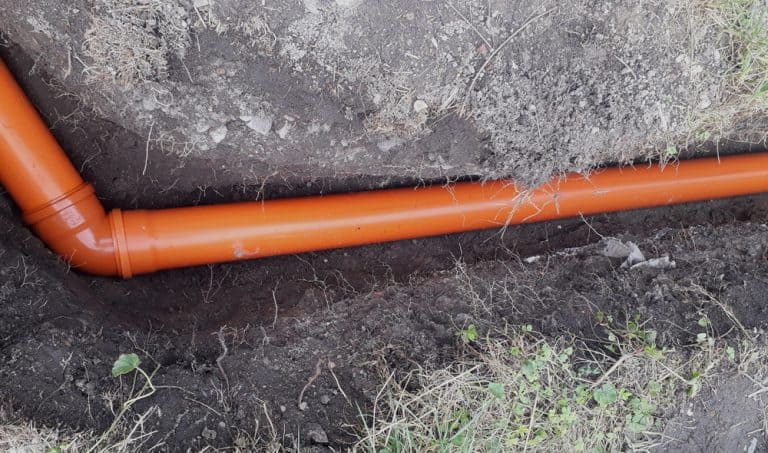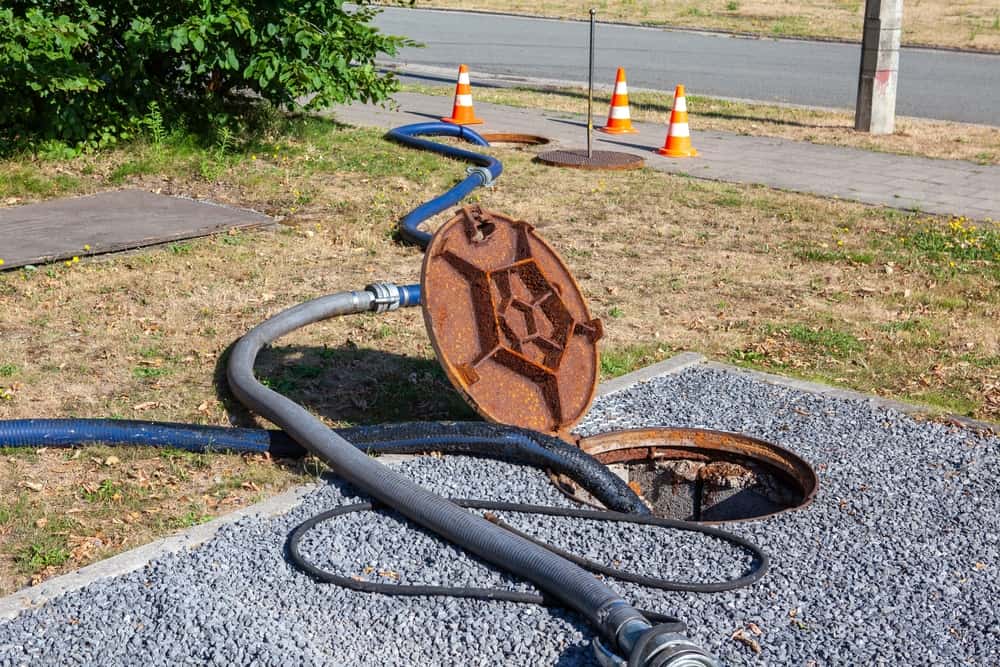Sewer Line Repair in Whittier, CA
Expert Sewer Line Repair in Whittier, CA. Choose Castaneda’s 24/7 Plumbing & Rooter for dependable, efficient service.

At Castaneda’s 24/7 Plumbing & Rooter, we pride ourselves on being the leading experts in sewer line repair in Whittier, CA. Our dedicated team has extensive experience in diagnosing and resolving a wide range of sewer line issues, ensuring your plumbing system operates smoothly and efficiently. We understand the inconvenience and potential health hazards posed by sewer line problems, which is why we respond promptly to all calls, ensuring a quick resolution. With Castaneda’s 24/7 Plumbing & Rooter, residents and businesses in Los Angeles County have a reliable partner who can handle any sewer line challenge.
We offer thorough inspections, repairs, and maintenance services using the latest technology and techniques. Whether it’s a minor blockage or a major break, our team is equipped to provide a solution that minimizes disruption to your daily life. We believe in transparent communication, keeping you informed throughout the repair process. By choosing 424-375-5704 for your sewer line needs, you are choosing an efficient and effective service.
With years of experience in the field, Castaneda's 24/7 Plumbing & Rooter's team offers unmatched expertise in sewer line repair.
We prioritize your needs and satisfaction, ensuring a seamless experience with every service call.
Leveraging the latest technology, we provide efficient and effective repairs for all your sewer line problems.

Every sewer line issue is unique, and at Castaneda’s 24/7 Plumbing & Rooter, we tailor our approach to meet the specific needs of each situation in Whittier, CA. Our expertise covers everything from traditional repair methods to modern, trenchless techniques, ensuring we can offer the most appropriate and cost-effective solution for your property. We take pride in our ability to adapt to various challenges, providing services that not only fix the immediate problem but also help prevent future issues. Residents and businesses in Los Angeles County can rest assured knowing they have access to the best sewer line repair services in the area.
In addition to our repair services, we also offer comprehensive maintenance plans. Regular maintenance is key to avoiding unexpected and costly repairs. Our maintenance services include routine inspections and cleanings, helping extend your sewer lines’ life and maintain their efficiency. With 424-375-5704, you get a complete package of repair and maintenance, ensuring your plumbing system remains in top condition.

At Castaneda’s 24/7 Plumbing & Rooter, we are committed to delivering the highest quality sewer line repair services in Whittier, CA. Our team of skilled technicians is not only trained in the latest plumbing techniques but is also dedicated to providing exceptional customer service. We understand that dealing with sewer line issues can be stressful, which is why we go above and beyond to ensure a hassle-free experience for our customers. From the initial assessment to the final repair, our focus is on delivering results that meet and exceed your expectations.
Customer satisfaction is at the heart of everything we do at Castaneda’s 24/7 Plumbing & Rooter. We value the trust our clients in Los Angeles County place in us, and we strive to build lasting relationships through our reliable and professional service. By choosing 424-375-5704, you’re not just hiring a repair service; you’re partnering with a team that truly cares about your comfort and safety.
Whittier’s roots can be traced to Spanish soldier Manuel Nieto. In 1784, Nieto received a Spanish land grant of 300,000 acres (1,200 km2), Rancho Los Nietos, as a reward for his military service and to encourage settlement in California. The area of Nieto’s land grant was reduced in 1790 as the result of a dispute with Mission San Gabriel. Nonetheless, Nieto still had claim to 167,000 acres (680 km2) stretching from the hills north of Whittier, Fullerton, and Brea, south to the Pacific Ocean, and from what is known today as the Los Angeles River east to the Santa Ana River. Nieto built a rancho for his family near Whittier, and purchased cattle and horses for his ranch and also planted cornfields. When Nieto died in 1804, his children inherited their father’s property.
At the time of the 1840s Mexican-American War, much of the land that would become Whittier was owned by Pio Pico, a rancher and the last Mexican governor of Alta California. Pio Pico built a hacienda here on the San Gabriel River, known today as Pio Pico State Historic Park. Following the Mexican-American War, German immigrant Jacob F. Gerkens paid $234 to the U.S. government to acquire 160 acres (0.6 km2) of land under the Homestead Act and built the cabin known today as the Jonathan Bailey House. Gerkens would later become the first chief of police of the Los Angeles Police Department. Gerkens’ land was owned by several others before a group of Quakers purchased it and expanded it to 1,259 acres (5 km2), with the intent of founding a Quaker community. The area soon became known as a thriving citrus ranching region, with “Quaker Brand” fruit being shipped all over the United States. Beginning in 1887, walnut trees were planted, and Whittier became the largest walnut grower in the United States. In addition to walnuts and citrus, Whittier was also a major producer of pampas grass.
For many years, the sole means of transport from this area to Los Angeles was on foot, or via horse and wagon over rough dirt roads, impeding settlement, development, and the export of agriculture. Thus in 1887 “enterprising and aggressive businessmen” contracted with the Southern Pacific Railroad to build the first railroad spur to Whittier, including a depot. The businessmen covered the $43,000 construction cost for the six-mile spur, which branched off from the Southern Pacific mainline at a junction near what is now Studebaker Road between Firestone Boulevard and Imperial Highway. By 1906, 650 carloads of oranges and 250 carloads of lemons were shipped annually by rail. In 1904, the Pacific Electric opened the trolley line known as “Big Red Cars” from Los Angeles to Whittier. In the first two decades, over a million passengers a year rode to and from Los Angeles on the Whittier Line. After World War II, Whittier grew rapidly and the sub-dividing of orange groves began, driven by housing shortages in southern California. In 1955, the new Civic Center complex was completed and the City Council met in new chambers for the first time on March 8, 1955. The city continued to grow as the City annexed portions of Whittier Boulevard and East Whittier. The 1961 annexation added over 28,000 people to the population, bringing the total to about 67,000.
Learn more about Whittier.Here are some plumber-related links and associations.

Looking for a reliable plumber? Look no further! Our team of experienced professionals is here to provide you with the best plumbing services in town.